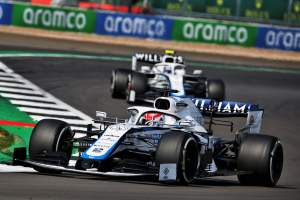Up Next

This time last year, Williams was battling to recover from its worst season since it became a Formula 1 constructor.
But after at least achieving respectability in 2020, the outlook is better thanks to the financial stability provided by Dorilton Capital’s takeover last August.
The future of Williams looks brighter now than it did then, but how much should we expect from the revived team in 2021 – and is getting out of ‘Class C’ to join the back of the congested midfield group a possibility?
While that’s the logical next step for Williams, it’s not a realistic objective on that timescale.
Not only are the 2021 cars carried over from last year, albeit with limited scope for changes using tokens, tweaks designed to reduce downforce and aerodynamic development still free, but the 2022 car for the all-new regulations has to be the priority.
That doesn’t mean 2021 is a write-off and the performance of the car will be an important test of the underlying science and processes being used by Williams.
But ever since the takeover, the importance of the long-term objectives has been stressed – and rightly so.
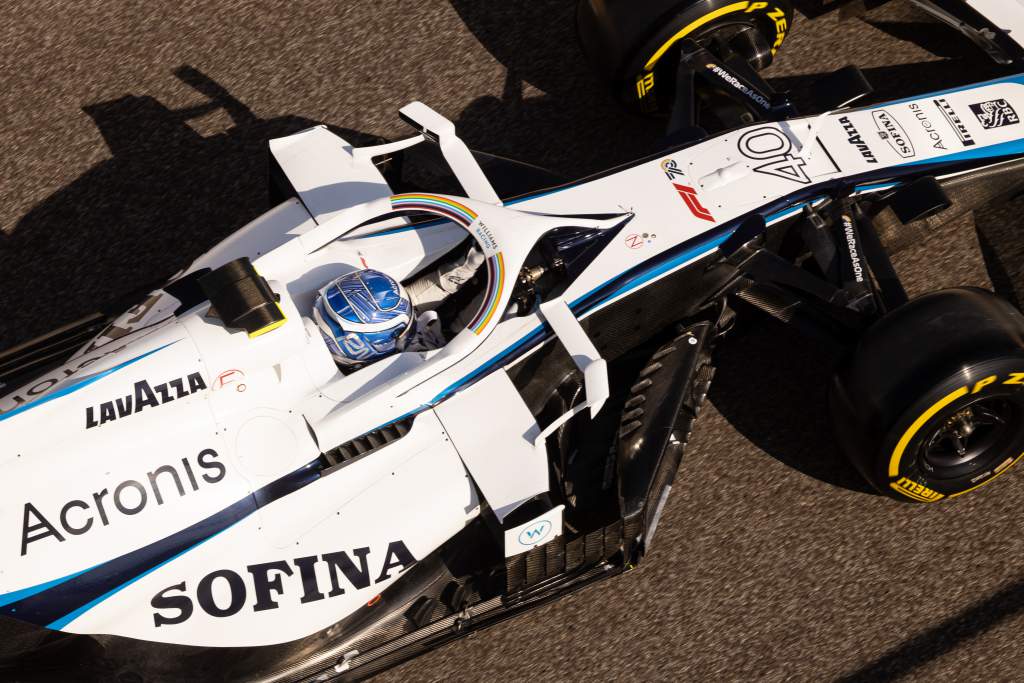
Dorilton Capital has already poured at least £47.5million into Williams, mostly to clear its debts but also to invest in facilities refurbishment and upgrades.
“The investment isn’t aimed at one car or the other, it’s pretty agonistic,” team principal Simon Roberts told The Race. “It’s used across everything.
“Our intent is to race the ’21 car and to improve it from where we are.
“Obviously, there’s some reg changes that are going to take some [aero] load off, so we’re hell bent on recovering as much as we can.
“We’re kind of hoping that everyone around us is in the same happy place and we don’t want or expect to be P10 [in 2021].
“But we’re not going to jump up to mid-grid, we’re too far off for that.”
“2022 is a huge risk and reward point in F1, one of the classics” :: Simon Roberts
Roberts isn’t being defeatist when he says Williams has too much to make up on the midfield pack. Last year, it was part of a clear ‘Class C’ group at the back but still 1.2% off the back of the midfield group of five teams – over a second on a typical lap.
The target should be to remain in this group given both Haas and Alfa Romeo should get a significant bump from Ferrari’s anticipated engine improvements.
While the Mercedes power unit that Williams uses will also take a step, there’s far more to gain for Ferrari and if Haas and Alfa Romeo benefit from that, then Williams needs to make bigger gains aerodynamically.
In that context, a repeat of last year’s 10 appearances in Q2 – hopefully with a few points finishes this time – would be a good return.
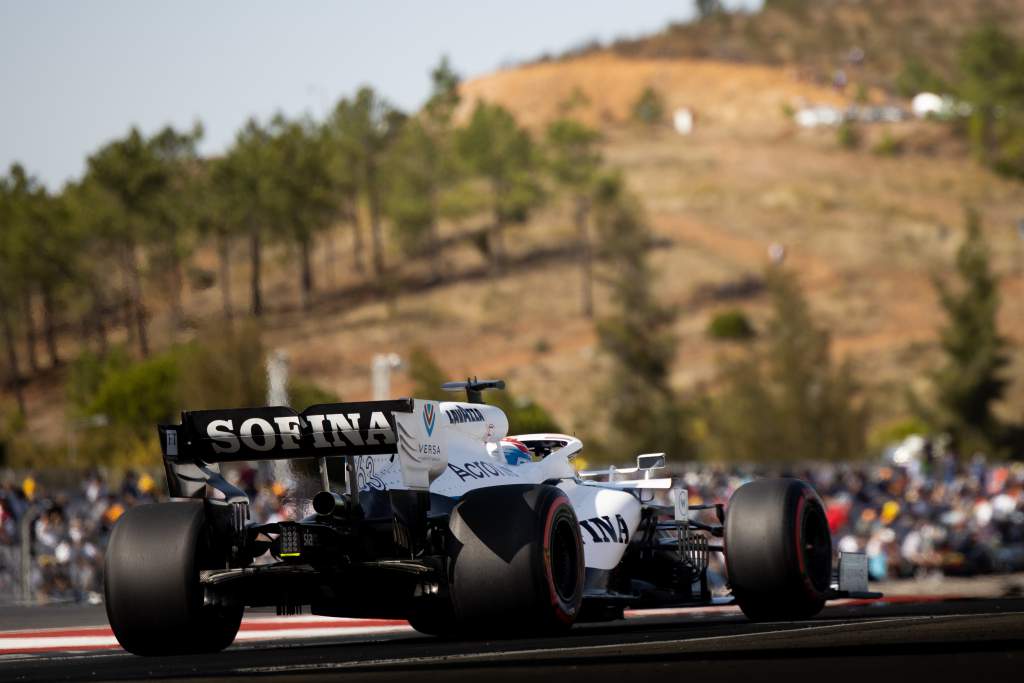
It has the slender advantage offered by the newly-adopted sliding scale of aerodynamic testing regulations.
In 2021, this allocates the most windtunnel and CFD time to the lowest-place team in the previous season’s constructors’ championship, rising in 2.5% increments. This means Williams has the most aero testing resource, at least until the allocations are reset based on the championship positions at the end of June.
Williams will dedicate a large proportion of its development resource into R&D for the 2022 car.
Aero testing work on that project restart on January 1 having been suspended for much of last year as part of the emergency measures to mitigate financial impact of the COVID-19 pandemic. The development time invested in the Williams FW43B will be dictated by the resource requirements for next year’s FW44.
“We have got a plan,” says Roberts of how the 2022 project will be balanced with ongoing ’21 development.
“2022 is a huge risk and reward point in F1, one of the classics.
“No one wants to get it wrong, but we’ve looked at what we need to do in terms of the whole-car design with zero carryover.
“We’ve mapped that out as best we can and then we’ve looked at what’s left, at what’s available in terms of aero resource, windtunnel time, CFD time, design capacity and manufacturing capacity to harvest as much performance as we can on the 43B.
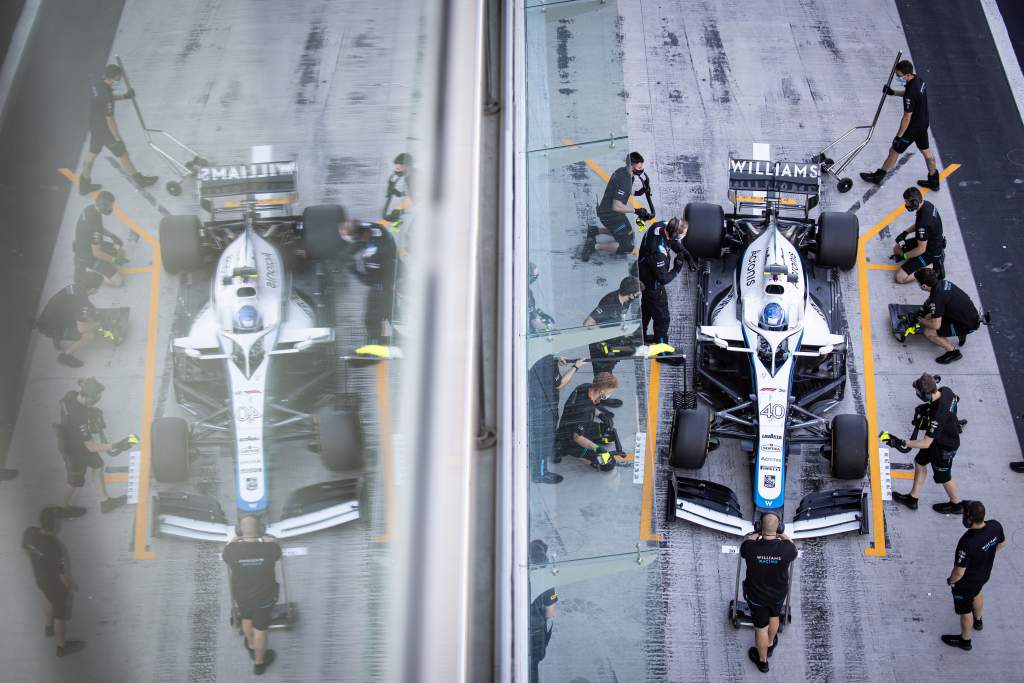
“We’ve been able to lay out for aero and design, the areas of the car that we a) think there’s performance to be had and b) think we can deliver in the time available within the resource available.
“The biggest crime would be setting people off on projects that never ever make it to the track and will never see the light of day, so we really can’t go through that.
“Everything is up for grabs” :: Adam Carter
“We’ll slowly share resource across key facilities with both cars and then as the year goes on, migrate progressively over to 100% on ‘22.
“We’ve got a good team, we know what to do to design a ’22 car. Where we’ll be I don’t know, we’ll do the best we can.
“Our aim is to create a platform that we can develop going forward. I’m sure everyone’s come to the same thing. And that does give us space to still develop ’21 car, so that’s what we’re going to do.”
The scale of the challenge of the 2022 regulations – illustrated below in a Williams mock-up created by F1 during the team’s ROKiT era before the rules were delayed a year – must not be underestimated given the lack of carryover from the current machines.
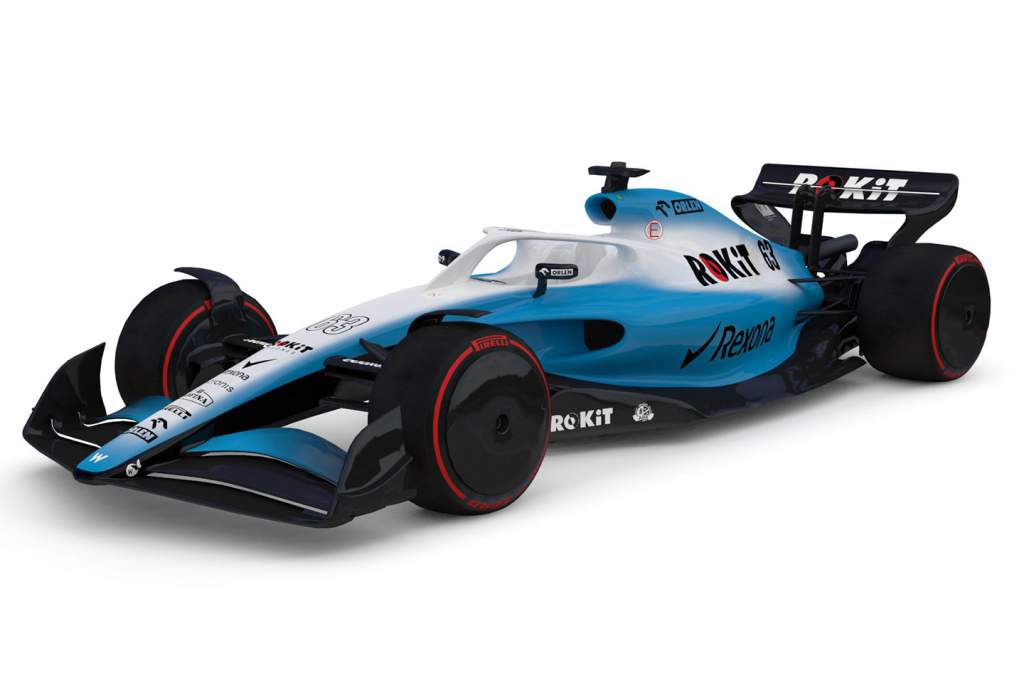
Williams is using a gearbox and hydraulics system supplied by Mercedes next season for the first time, but this still leaves plenty of scope for design work on the rest of the car.
As Williams chief engineer Adam Carter explains, the number of choices to be made with the 2022 car is vastly bigger than usual given the magnitude of the changes.
“It’s a great time to be an engineer in Formula 1 because normally the number of non-discretionary choices is quite high,” Carter tells The Race.
“Going into 2022, there’s a lot of non-discretionary choices because we have to do a new car, everything’s different.
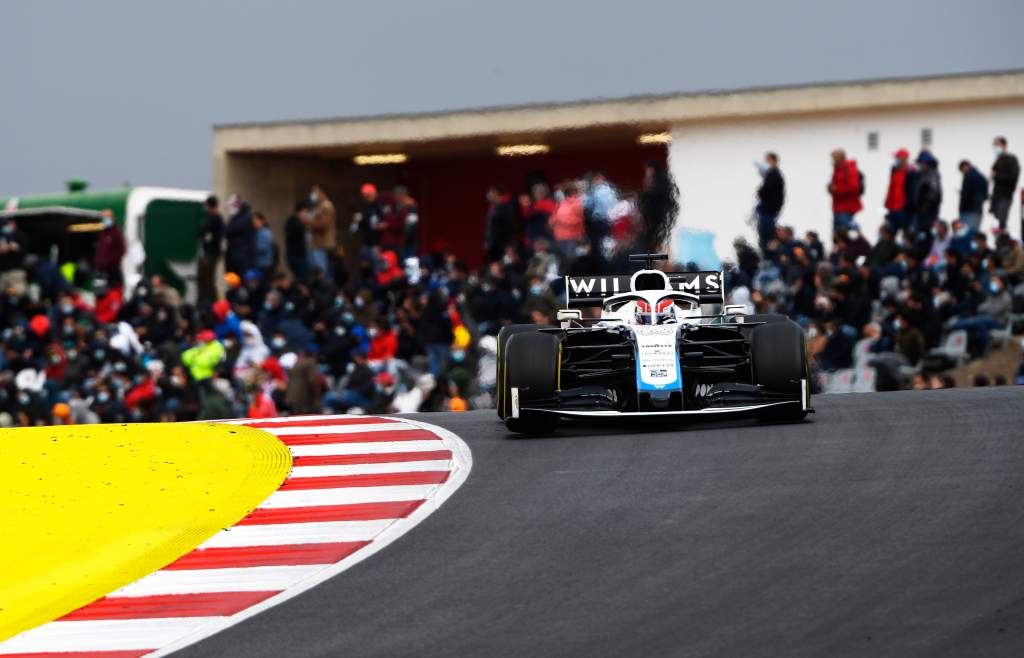
“In one of the very early meetings here talking to the production guys, they asked how much will be carried over. But [the answer was] ‘if it’s the steering wheel, think of that as a massive win because that’s as good as it’s going to get’. Everything is up for grabs.
“So it’s planning out that non-discretionary work and then seeing what you’ve got left in order to balance your discretionary choices for 2022 versus the development plan on the 2021 car.
“You have to run certain number of workstreams, and we’ll just choose which ones to pursue, which ones to leave running and which ones to turn off.”
This is why the real focus for Williams in 2022. While it will do what it can in 2021, the work that will decide how strong Williams is for F1’s all-important new era of rules will be done out of sight at its Grove base.



